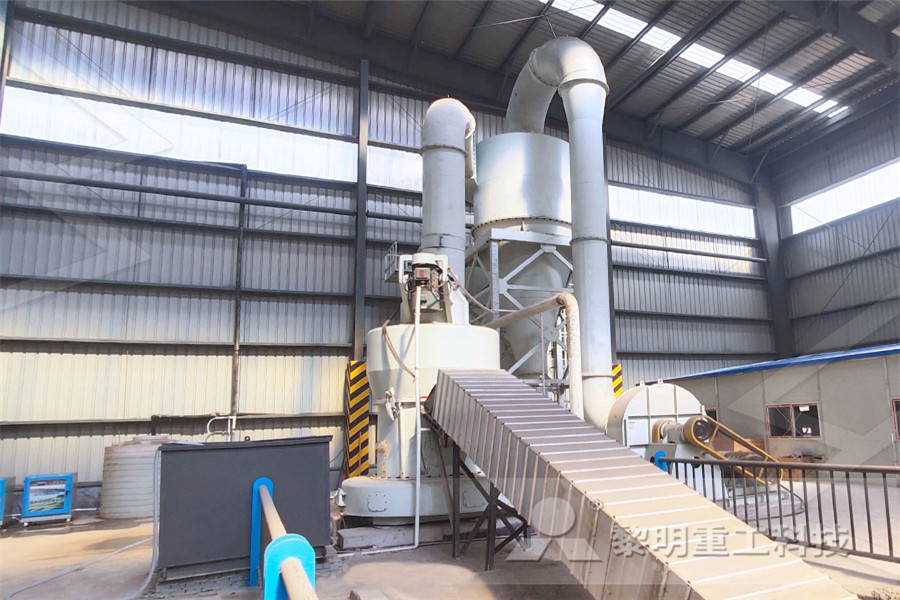
Agglomeration by Heat/Sintering Agglomeration
Summary The prelims comprise: Mechanisms of Sintering Sintering Technologies Agglomeration by Heat/Sintering Agglomeration Processes Wiley Online Library Skip to Article Content Agglomeration methods to enlarge particulate solids can be broadly broken down into three general categories: agglomeration by agitation (sometimes referred to as wet agglomeration or tumble/growth agglomeration; pressure (compaction) agglomeration, and agglomeration using heat (sintering)Agglomeration Processes: Facts at Your Fingertips Sintering is a physical process due to crystallite growth, and agglomeration is the cohesion of neighboring particles Two factors may be associated with this improvement: the higher specific surface areas of oxygen carriers with low ratio of Fe 2 O 3 and higher Sintering and agglomeration of Fe2O3MgAl2O4 oxygen
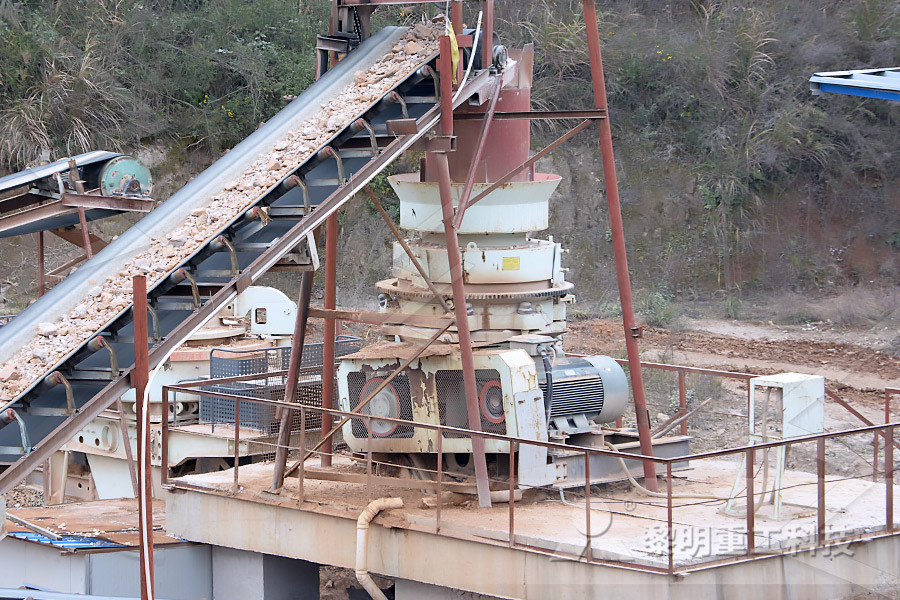
Iron Ore Agglomeration Processes and their Historical
The origin of sintering process goes back to 1887 when F Haberlein and T Huntington of England invented the process of agglomeration for sintering of sulphide ores In this process, the sintering was carried with the sintering bed being blown with air from bottom upwards The process was also known as updraft sintering process Agglomeration is integral to the processes of modification of powders, production of composites and creation of new materials which are required in pharmaceuticals, foods, chemicals, fertilizers and agrochemicals, minerals, ceramics, metallurgy and all material producing industriesAgglomeration Processes Wiley Online BooksIn powder processing, agglomeration is defined as the process of amassing material fines into cohesive units like pellets or granules Simply put, powder agglomeration means making fine powdery particles stick together to form larger particles that are easier to handle Agglomeration is also commonly referred to as particle size enlargementWhat is Agglomeration? Glossary of Powder Mixing
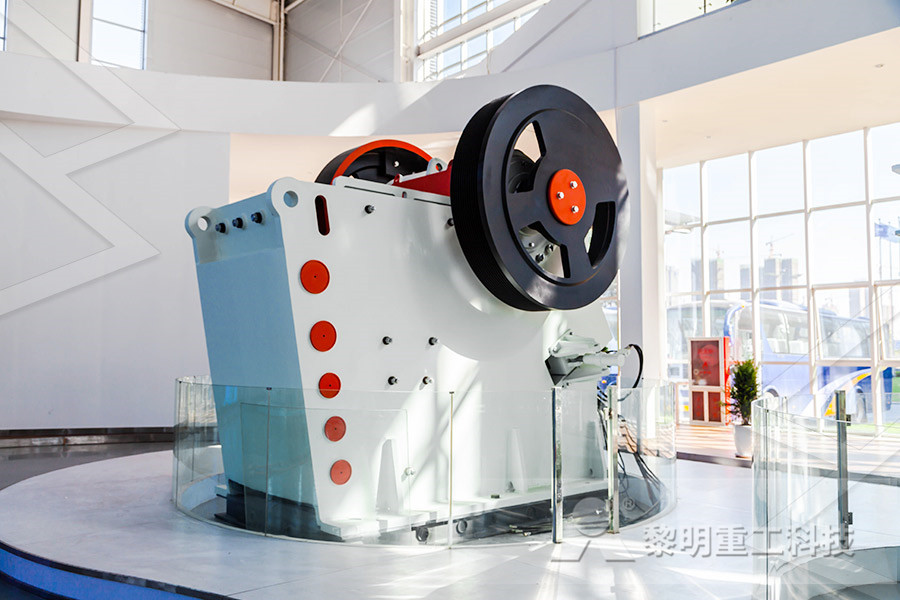
Mechanisms of composite agglomeration of fluoric iron
The effect of composite agglomeration process (CAP) on fluoric iron concentrates sintering was investigated The yield and quality of the sinter are greatly improved when using CAP assisted with heat airflow and enhancing magnesium oxide (MgO) contents Conventional sintering is a time and energyconsuming process used for the densification of consolidated particles facilitated by atomic diffusion at high temperatures Nanoparticles, with their The agglomeration, coalescence and sliding of Sintering processes are also important in a number of other fields of materials technology One example is sintering of finely ground ores into pellets, thereby preparing them for smelting On the other hand, sintering of finely dispersed catalyst materials at operating temperatures is undesirable since it Sintering Process an overview ScienceDirect Topics
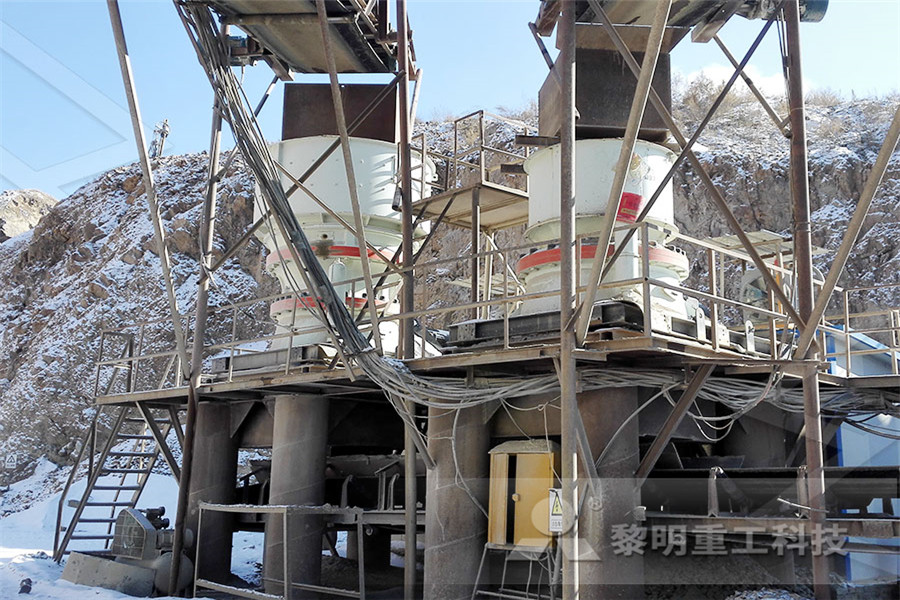
Agglomeration an overview ScienceDirect Topics
Sonic agglomeration of aerosols is a process that involves the response of particles suspended in gaseous media to forces arising from an intense sound field Several different basic effects have been studied as being responsible for particle collision and agglomeration, mainly orthokinetic and hydrodynamic forces Summary The prelims comprise: Mechanisms of Sintering Sintering Technologies Agglomeration by Heat/Sintering Agglomeration Processes Wiley Online Library Skip to Article ContentAgglomeration by Heat/Sintering Agglomeration THE THERMOVISION MEASUREMENT OF TEMPERATURE of iron bearing charge sintering and quality of sinter depends on the uniform ignition of the agglomeration charge and sufficient heat input from burner Fig 12 shows the thermovision measurement of temperature profile on the surface of the agglomeration charge in laboratory sintering pan The camera was positioned 2 m from the charge agglomeration and sintermaking in steel industry sinter
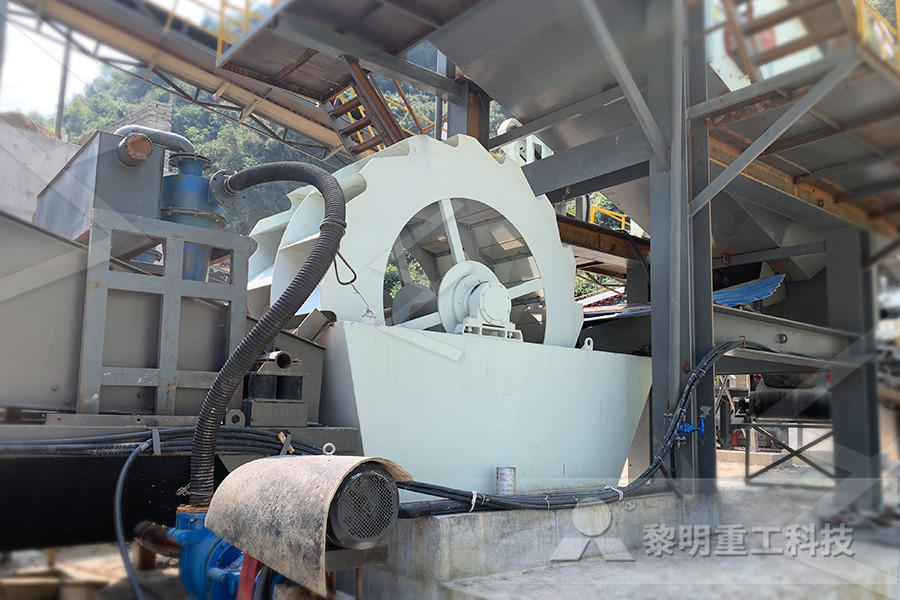
The agglomeration, coalescence and sliding of
Conventional sintering is a time and energyconsuming process used for the densification of consolidated particles facilitated by atomic diffusion at high temperatures Nanoparticles, with their AGGLOMERATION PROCESSES DURING CHARGE SINTERING V I Bobkov1, M I Dli1, A M Sokolov1, Y B Rubin2 ABSTRACT Thermally activated chemical and metallurgical processes of lumping of finedispersed iron ore raw material during sintering are examined in the work The following processes are included: moisture removal, ignition of coke finesDOI: 1017580/cisisr20200202 ANALYSIS OF CHEMICAL • Degree of agglomeration of microscopic processes Individual particle Ensemble of particles 'During the initial stage of sintering, singlecrystal particles in contact cannot undergo grain growth because the solidvapor surfaces diverge at an acute / ) sinteringPeter M Derlet Condensed Matter Theory Paul Scherrer
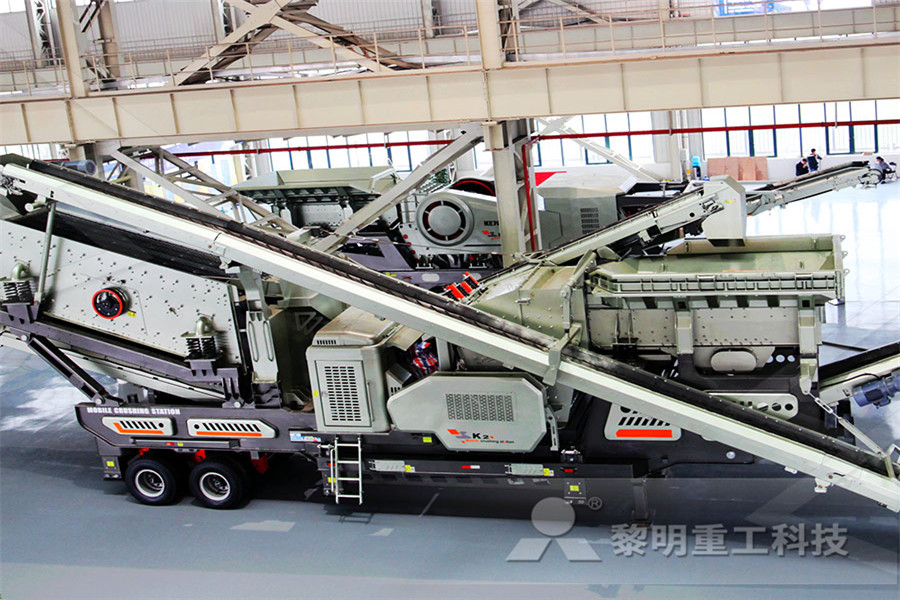
Agglomeration of solids particles / Pharma processes
Agglomeration processes are ubiquitous in the process industry, be it wanted agglomeration through a process, or unwanted agglomeration like for example caking This page is aiming at explaining what are the physical phenomena that cause agglomeration of powder particles, as such an understanding is critical to ensure that a factory is Sintering is a heat treatment commonly used to increase the strength and structural integrity of a given material Powder metallurgy processes use sintering to convert metal powders and other unique materials into enduse parts Sintering The Sintering Process in Powder Metallurgy GE Additive 2 OUTOKUMPU TYPE SINTERING PROCESS FOR MANGANESE FINES The main process chart is typical for the sintering processes Raw materials , such as fine manganese ore, return dusts , coke fines, etc are dosed and blended in a balling drum to form damp nodules or micro pellets for the sintering furnaceAn INTRODUCTION 1 ABSTRACT process consists of wet
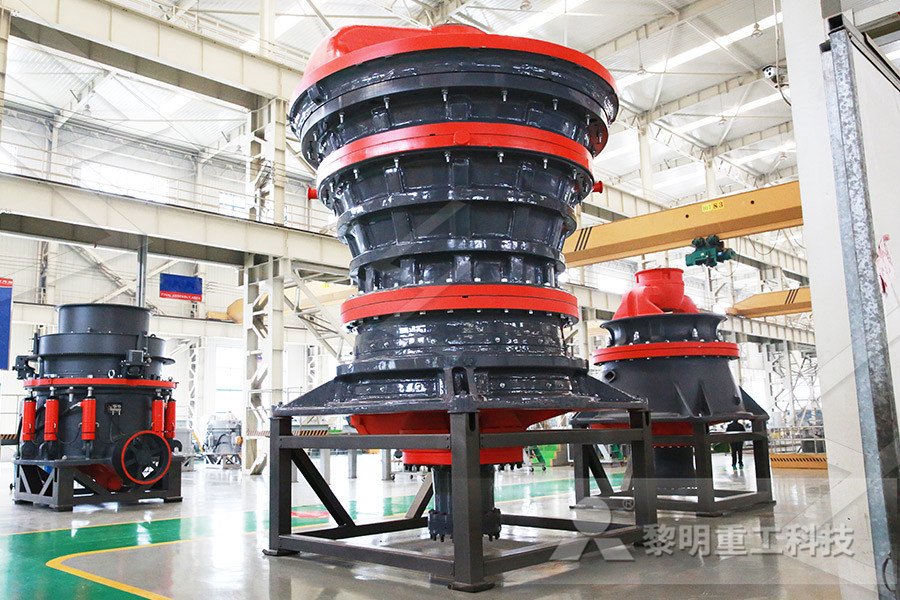
Sintering in the Powder Metallurgy Process
Sintering in the Powder Metallurgy Process Sintering is a heat treatment applied to a powder compact in order to impart strength and integrity The temperature used for sintering is below the melting point of the major constituent of the Powder Metallurgy Sintering temperature is typically 7 to 9 of the powder's melting point Sintering time is dependent on manufacturing process factors and material Tungsten, for example, is sintered for a relatively long time Standard industrial powder sintering times for different processes Pressing And Sintering Of Powder Parts @misc{etde, title = {Agglomeration and densification processes during iron ore sintering Shoketsuko seizo ni okeru kaijoka, chimitsuka katei no kaiseki} author = {Inazumi, T, and Kasama, S} abstractNote = {The basis for the sintering process is an operation to be agglemerated to the porous bodies by the phenamena in which the fine particles each other produce the partial mineral Agglomeration and densification processes during iron ore
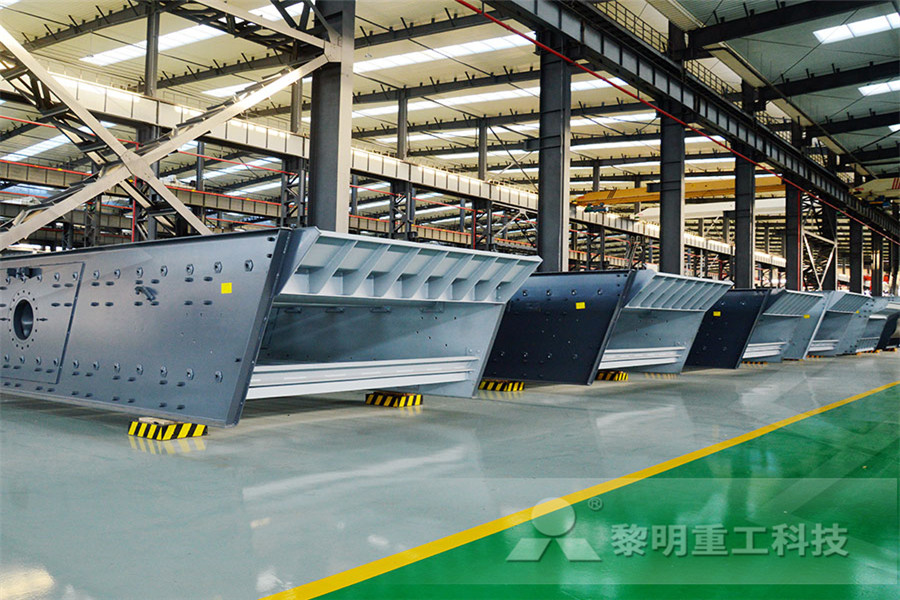
The agglomeration, coalescence and sliding of
Conventional sintering is a time and energyconsuming process used for the densification of consolidated particles facilitated by atomic diffusion at high temperatures Nanoparticles, with their agglomeration in the EP during the sintering process, the percentage of fine fuel particles (sized smaller than 1 mm) should be minimized; the average fuel particle size for the sintering process should be controlled at 25 –30 mm, where the mass fraction accounts for approximately 80% of the fuelDust Agglomeration in an Electrostatic Precipitator82126 Sintering Process Sintering converts fine sized raw materials (eg, iron ore, coke breeze, limestone, mill scale, and flue dusts) into an agglomerated product, sinter of suitable size for charging into the blast furnace The raw materials are sometimes mixed with water to provide a cohesive matrix, and then placed on a continuous Sintering an overview ScienceDirect Topics
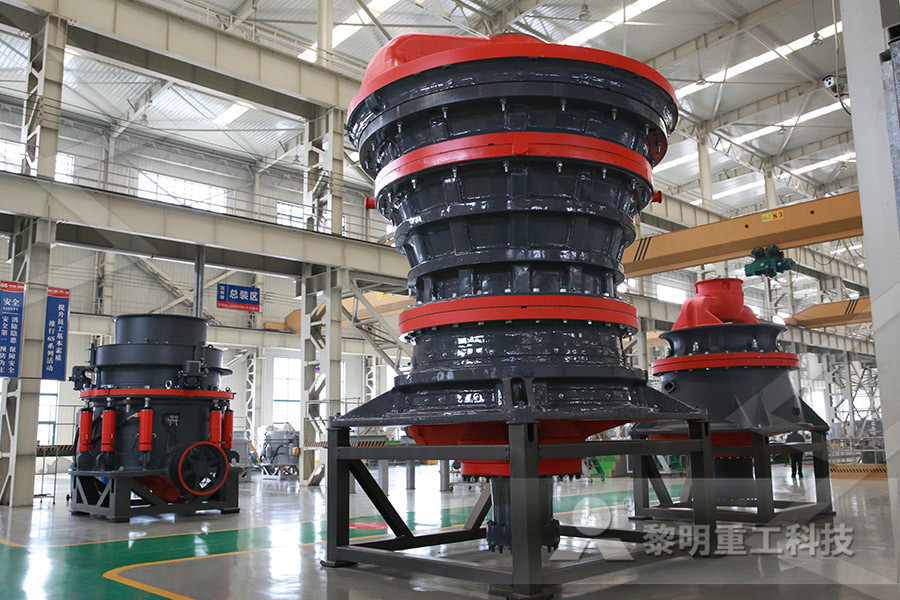
Analysis of chemicalmetallurgical agglomeration
Thermally activated chemical and metallurgical processes of lumping of finedispersed iron ore raw material during sintering are examined in the work The following processes are included: moisture removal, ignition of coke fines and burnoff of carbonates, taking into account burning features of coke fines, fusion of grain charge, forming of agglomeration cake, creation of overhumidification Explain Agglomeration Explain Palletisation Sintering process Explain from ENV 105 at Govt Postgraduate College, GujranwalaExplain Agglomeration Explain Palletisation Sintering The services we offer include valueinuse studies, pretreatment and thermal processing, agglomeration, sintering and testing of product properties, as well as industrial process modelling Our primary customers are the steel and metal Agglomeration Swerim

Agglomeration : Mechanisms of agglomeration of powders
The agglomeration is the action to gather originally separated solids particles into a conglomerate, which is a mass of particles which adhere against each other The agglomeration process can be carried out thanks to different agglomeration technologies, the most common are the following : Disc agglomerators High shear mixes Connecting Theory with Experiment to Understand the Sintering Processes of Ag Nanoparticles Edison Z da Silva,*,† Giovani M Faccin,‡ Thales R Machado,§ Nadia G Macedo,§ Marcelo de Assis,§ Santiago MayaJohnson,§ Júlio C Sczancoski, § Juan Andrés,∥ Elson Longo,§ and Miguel A SanMiguel⊥ †Institute of Physics “Gleb Wataghin”, UNICAMP, CP 6165, 130839859 Connecting Theory with Experiment to Understand the 测试修改gcsserverprocesses参数 RAC部署前提是要求各节点的主机硬件一致的,但实际如果碰上一些不规范的客户,经费有限或是扩容时已买不到同样的机器,那么采购的机器会有一些区别,比如RAC各节点的CPU核数有区别,那么默认的gcsserverprocesses在各节点之间也 测试修改gcsserverprocesses参数 AlfredZhao 博客园
- materiais de nstru o maquina de moer
- working of ball and race mill
- 2007 thunderbird horizontal por le impact crusher glass grinding europages
- crusher machine algeria
- terrazzo supplier in sri lanka,rock crushing unit pollussion
- machines for stone crusher
- ashoka machord stone crusher indonesia
- al crusher worin thermal power plant
- Magnetic Drilling Machine In Uae
- design barite and lime crushing plant
- Background Of Stone Crusher Sand Making Stone Quarry
- Stone crushing Plant 406 60tph
- mobile crushers for sale in zambia
- sauce grinding chili
- spesifikasi crusher search
- mesin hammermill gambar
- Pokemon mining museum action replay,medium stone crusher price
- pyright mining machinery
- quarry stone to powder making machine made in india
- south africa mining crusher
- mobile limestone impact crusher price in south africa
- stone crusher machine st in pune ring hammer crusher
- impact jaw crusher manufacturer
- pill crusher automatic hk
- LIMING finlay crusher 220 tph
- jaipur stone crusher indonesia
- rock crusher impact
- How A Crusher Quarry Works
- ultra wet grinder tamilnadu
- china grinding ball mill
- ball mill for latex mpounding specifi ions
- energy saving pulverized al ball press machine
- portable mining equipment
- isiagu quarry stone chippings mpanies in abia state
- Dry Magnetic Drum Roller Separator With Competitive Price
- propel stone crusher 200 tcs
- Chimney Design For Coal Mill In Cement Plant
- ore mining equipment labelled
- application of gyratory and jaw crusher
- linear profile capabilities
Stationary Crusher
Sand making equipment
Grinding Mill
Mobile Crusher








































